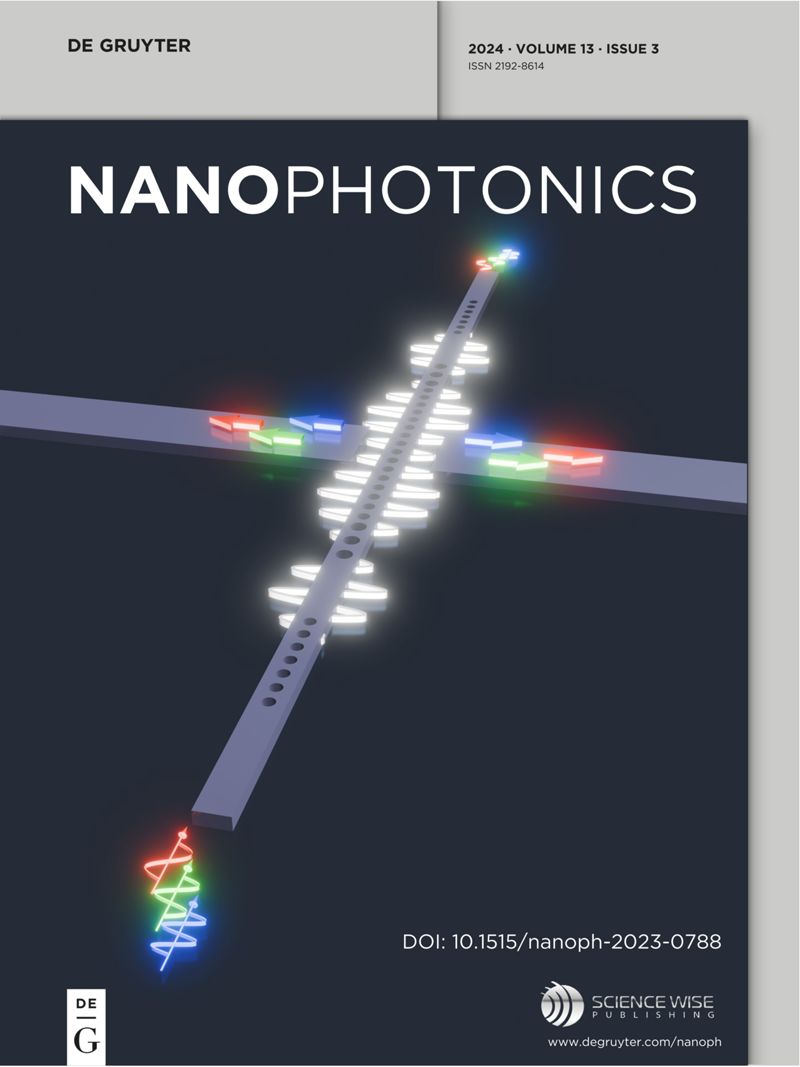Dynamics of carbon nanotube-based mode-locking fiber lasers
IF 6.6
2区 物理与天体物理
Q1 MATERIALS SCIENCE, MULTIDISCIPLINARY
引用次数: 28
Abstract
Abstract Carbon nanotube (CNT) can work as excellent saturable absorber (SA) due to its advantages of fast recovery, low saturation intensity, polarization insensitivity, deep modulation depth, broad operation bandwidth, outstanding environmental stability, and affordable fabrication. Its successful application as SA has promoted the development of scientific research and practical application of mode-locked fiber lasers. Besides, mode-locked fiber laser constitutes an ideal platform for investigating soliton dynamics which exhibit profound nonlinear optical dynamics and excitation ubiquitous in many fields. Up to now, a variety of soliton dynamics have been observed. Among these researches, CNT-SA is a key component that suppresses the environmental perturbation and optimizes the laser system to reveal the true highly stochastic and non-repetitive unstable phenomena of the initial self-starting lasing process. This review is intended to provide an up-to-date introduction to the development of CNT-SA based ultrafast fiber lasers, with emphasis on recent progress in real-time buildup dynamics of solitons in CNT-SA mode-locked fiber lasers. It is anticipated that study of dynamics of solitons can not only further reveal the physical nature of solitons, but also optimize the performance of ultrafast fiber lasers and eventually expand their applications in different fields.基于碳纳米管的锁模光纤激光器动力学
摘要碳纳米管(CNT)具有恢复快、饱和强度低、极化不敏感、调制深度深、工作带宽宽、环境稳定性好、制造成本低等优点,是一种优良的饱和吸收材料。它作为SA的成功应用,促进了锁模光纤激光器的科学研究和实际应用的发展。锁模光纤激光器是研究孤子动力学的理想平台,它具有广泛存在于许多领域的非线性光动力学和激励。到目前为止,已经观察到各种各样的孤子动力学。在这些研究中,碳纳米管- sa是抑制环境扰动和优化激光系统的关键部件,揭示了初始自启动激光过程中真正的高度随机和非重复的不稳定现象。本文综述了基于碳纳米管- sa的超快光纤激光器的最新发展,重点介绍了碳纳米管- sa锁模光纤激光器中孤子实时积累动力学的最新进展。预计对孤子动力学的研究不仅可以进一步揭示孤子的物理性质,而且可以优化超快光纤激光器的性能,最终扩大其在不同领域的应用。
本文章由计算机程序翻译,如有差异,请以英文原文为准。
求助全文
约1分钟内获得全文
求助全文
来源期刊

Nanophotonics
NANOSCIENCE & NANOTECHNOLOGY-MATERIALS SCIENCE, MULTIDISCIPLINARY
CiteScore
13.50
自引率
6.70%
发文量
358
审稿时长
7 weeks
期刊介绍:
Nanophotonics, published in collaboration with Sciencewise, is a prestigious journal that showcases recent international research results, notable advancements in the field, and innovative applications. It is regarded as one of the leading publications in the realm of nanophotonics and encompasses a range of article types including research articles, selectively invited reviews, letters, and perspectives.
The journal specifically delves into the study of photon interaction with nano-structures, such as carbon nano-tubes, nano metal particles, nano crystals, semiconductor nano dots, photonic crystals, tissue, and DNA. It offers comprehensive coverage of the most up-to-date discoveries, making it an essential resource for physicists, engineers, and material scientists.
 求助内容:
求助内容: 应助结果提醒方式:
应助结果提醒方式:


